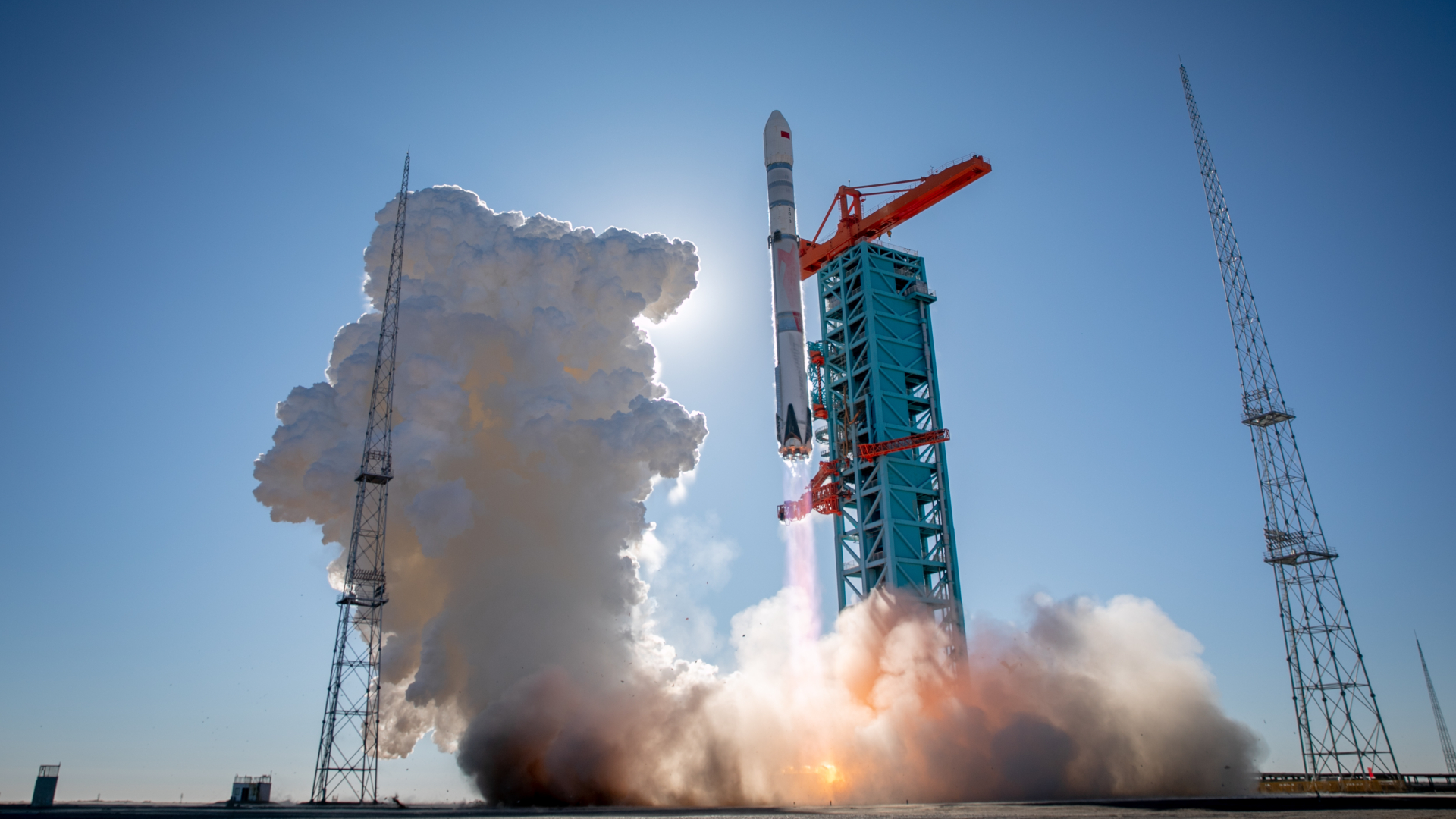Death Stars: Sterilizing the Galactic Center

Anyone looking for signs of extraterrestrial life need not look in the center of our galaxy.
Astronomers have determined that every 20 million years or so this region hosts a large increase in star formation. Some of these newly created stars burn hot and fast, only to die after a few million years in huge explosions that would expose any planets in the region to deadly radiation.
Earth is about 25,000 light-years from the galactic center, so these periodic sterilizations don't affect life here.
Though supernovas are rare in the vicinity of our solar system, some theorists have argued that they may have threatened life on Earth in the distant past. One study found that a stellar explosion close enough to cause serious threat would only occur about once in a billion years.
'Star formation gone wild'
The star formation peaks at the galactic center are caused by an inflow of gas from a ring of material about 500 light-years from the middle. A light-year is the distance light travels in a year, about 6 trillion miles (10 trillion kilometers).
The ring forms due to the gravitational forces in a galactic bar, which is a rotating oval of stars 6,000 light years long, also in the center of the Milky Way.
Breaking space news, the latest updates on rocket launches, skywatching events and more!
The amount of material in the ring increases over time until it reaches a critical density, or tipping point, when an amount of matter equal to 30 million Suns collapses into the center - fueling a jump in star formation, known as a starburst.
"A starburst is star formation gone wild," said Antony Stark from the Harvard-Smithsonian Center of Astrophysics.
Stark predicts that the next starburst in the Milky Way "will happen within the next 10 million years." This onset of activity will be much sooner than an earlier estimate by Stark's group. He explained that the revision is due to the difficulty in measuring how fast the ring is filling up.
"We can see that the ring is near bursting, but we are not sure of the rate it is being fed," Stark told SPACE.com.
What he is sure about is the fact that the majority of gas in the Milky Way will eventually fall into a black hole that anchors the galaxy and packs the mass of more than 3 million suns.
"The long downhill slide is inexorable," Stark said.
Hold on a minute
But the material can take its time getting there, and one way to postpone the inevitable is to form stars. In fact, during one of the massive ring collapses, there is more incoming gas than the black hole can handle.
"It would be like trying to fill a dog dish with a fire hose." Stark said. Therefore, most of the ring's material goes instead into the starburst.
Stark and his collaborators determined the current density of the ring by measuring one of the constituent gases, carbon monoxide, with the Antarctic Submillimeter Telescope and Remote Observatory (AST/RO).
"AST/RO observations have helped advance our understanding of star formation in the Milky Way," Stark said.
Because water vapor absorbs light in the submillimeter range, the frigid and arid desert of Antarctica is one of the few places on Earth that measurements of this sort can be made.
The results will be published in the Oct. 10 issue of the Astrophysical Journal Letters.
- Supernovas: The Threat to Earth
- NASA Tracks Three Space Bursts, Says Stellar Explosions Imminent
- Exploded Star Detailed in New X-ray Image

Michael Schirber is a freelance writer based in Lyons, France who began writing for Space.com and Live Science in 2004 . He's covered a wide range of topics for Space.com and Live Science, from the origin of life to the physics of NASCAR driving. He also authored a long series of articles about environmental technology. Michael earned a Ph.D. in astrophysics from Ohio State University while studying quasars and the ultraviolet background. Over the years, Michael has also written for Science, Physics World, and New Scientist, most recently as a corresponding editor for Physics.
